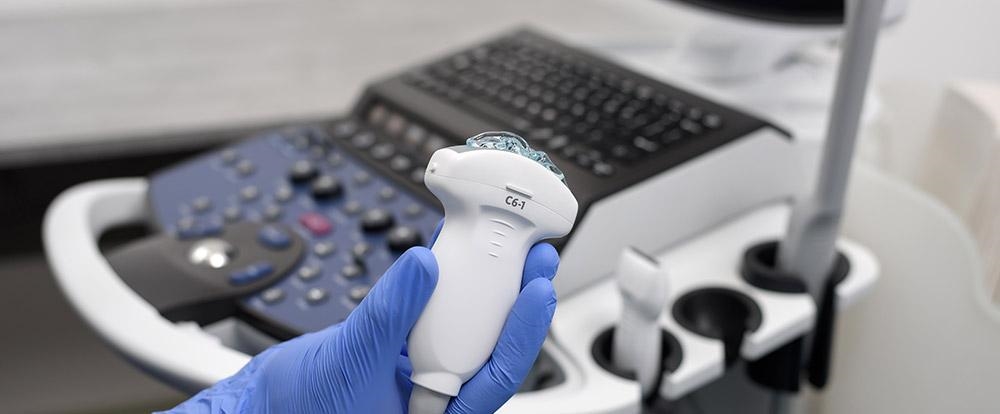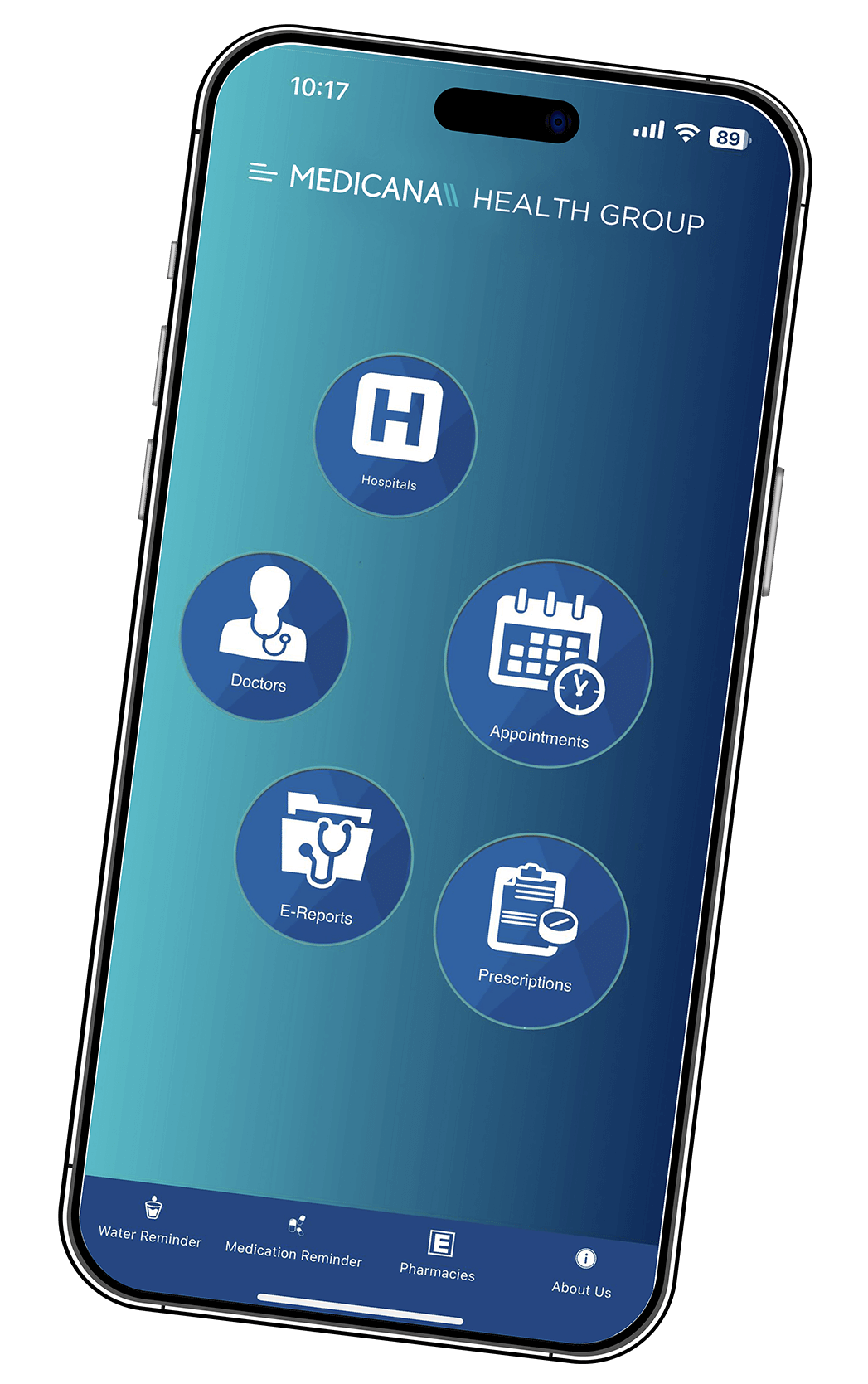Endoscopic Ultrasound

Overview
Endoscopic ultrasound is a method that combines features of endoscopy and ultrasound. The endoscopy allows examination of the entire digestive tract and organs with lumen, such as the lungs. At the same time, the ultrasound is concomitantly used to visualize the organs that the endoscope cannot be advanced to. Endoscopic ultrasound is a minimally invasive diagnosis and treatment method.
Since the endoscopic examination of the lungs is called bronchoscopy in clinical practice, endoscopic ultrasound is used to describe the endoscopic examination and ultrasound imaging of the digestive system and the organs located close to the digestive system.
Why is this procedure done?
Endoscopic ultrasound aims to visualize and image the esophagus, stomach, small intestine, colon, rectum, and organs close to the digestive system, such as the pancreas, liver, and gallbladder. While the organs of the digestive system can be directly visualized if the endoscope can be advanced, the nearby organs are imaged with ultrasound scanning.
Endoscopic ultrasound (EUS) allows for identifying stenosis, gallstones, cancer, spread or metastasis of cancer, Barrett's esophagus, cysts, and inflammations of the digestive tract and nearby organs.
As endoscopy allows diagnosis and treatment in the same session, it is used to diagnose cancers of those organs, evaluate the extent of spread and response to treatment, and take biopsy specimens. Moreover, the imaging guidance offers a chance to administer anti-cancer drugs directly into the liver, pancreas, and other organs..
Risks
The possible risks of endoscopic ultrasound are almost identical to that of upper GI and colonoscopies. Those risks are infrequent and usually managed efficiently, even if they develop. Drug reactions and bleeding at the biopsy site are the most common ones. The perforation of the digestive tract examined with an endoscope is an infrequent complication.
All necessary instruments, equipment, and other means to manage the possible risks and complications are available in the endoscopic ultrasound room.
Our specialists will employ all practices to minimize the risk of complications, and our doctors will inform you about the risks listed above and all other potential complications. They will address all your concerns before the procedure.
Preparation
In both upper GI endoscopic ultrasound and endoanal ultrasound, in which the endoscope is inserted into the rectum, the digestive tract should be clean; in other words, there should be no digested food and stool in the lumen. To this end, you will be instructed to stop eating and drinking a minimum of 6 to 8 hours before the procedure and to take a laxative agent, a drug that empties the colon.
At the preparation phase, you need to notify all prescription and over-the-counter medications that you take to manage diabetes mellitus, hypertension, high blood lipids, and cholesterol, as well as other diseases and all vitamin and mineral supplements to your doctor. Your doctor will instruct you on medications you should stop taking by consulting you with another hospital specialist. Or a dose of those medications can be modified.
Since you will be sedated during the procedure, you will need a family member or a friend to drive you home after the procedure is completed and it is confirmed that your general health is stabilized. If it is impossible, you can seek help from healthcare professionals regarding your transfer to home.
Surgery and early postoperative period
After completing preparations, you will be transferred to the endoscopy room and positioned on the procedure table.
Your doctor will administer a soothing agent, and thus, you will not feel the procedure. Sedative agents will help you relax and fall into a nap. Accordingly, the feeling of cramp or defecation that is caused by the procedure is minimized. Your vital signs are checked throughout the procedure.
After you are correctly positioned on the procedure table, the endoscope will be inserted through the mouth for upper GI endoscopic ultrasound, or the colonoscope will be inserted for the rectal endoscopic ultrasound. Your throat is numbed as you may accidentally bite the endoscope, and your oral cavity is injured. A spray is used for this purpose. Moreover, a rubber mouth guard is placed to keep your mouth open..
The endoscope is then advanced into the esophagus through the oral cavity. After the mucosa of the esophagus is visualized, the structure and the tone of a circular muscular structure located between the distal end of the esophagus and the inlet of the stomach, called the sphincter, is evaluated.
The endoscope is advanced to the stomach, and the mucosa in all stomach parts (pylorus, antrum, corpus) is examined. If an ulcer is noted, it can biopsied or coagulated (burnt) with a device called cautery. Or, some drugs are injected into and around the ulcer to form scar tissue. If an abnormal growth of mucosa is seen, biopsy specimens can be collected before the lesion is completely removed. Finally, the endoscope is advanced to the duodenum, the first part of the small intestines, and the endoscopic examination terminates; after examination, diagnosis and treatment are completed. Meanwhile, ultrasonographic images of surrounding organs and lymph nodes are captured using the ultrasound probe equipped with the endoscope. Ultrasound-guided needle biopsy specimens are collected if required.
Endoanal ultrasound is used to diagnose, treat, and follow up diseases and cancers of the rectum and the prostate gland. Before you are discharged, your doctor may make dietary recommendations and prescribe medications. You should strictly follow the instructions of your doctor to prevent risks and maximize comfort after the procedure.
A family member or a friend should drive you home as you are administered a soothing agent. If it is impossible, you can seek help from healthcare professionals regarding transportation.
Distension, frequently passing gas, mild throat ache, and irritation are expected symptoms you may experience during and after an endoscopy. However, if you notice fever, shortness of breath, blood or black discoloration of stool, difficulty swallowing, or feel insufferable abdominal pain, vomit, and see blood in your vomit, contact your doctor or visit the closest healthcare facility.
Results
Your doctor compiles the findings of the endoscopic ultrasound in a report. If a biopsy specimen is collected, the results of the pathological examination will also be reported. Your doctor will inform you about all findings, treatments, precautions, and advice.




















